How to Grow Geums
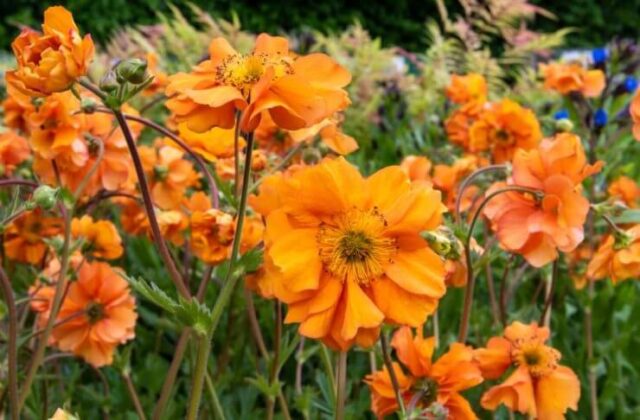
Introduction
Geums, commonly known as avens, are a diverse genus of herbaceous perennial plants that add vibrant splashes of color to gardens. With an array of species and cultivars available, these resilient plants offer versatility, excelling in both form and function. From the delicate blooms of Geum rivale (Water Avens) to the fiery hues of Geum chiloense (Chilean Avens), there’s a geum variety for every garden. For those wondering how to grow geums successfully, this introduction will delve into the essential aspects of cultivating these charming perennials.
Whether you’re a seasoned gardener or a novice, understanding the nuances of geum care is crucial. This knowledge is key to fostering healthy plants and enjoying their captivating blossoms throughout the seasons. Join us as we explore the world of geums and unlock the secrets of successful cultivation in this comprehensive guide on how to grow geums.
Understanding the Different Varieties of Geums
Geums encompass a diverse range of species and cultivars, making them a versatile choice for gardens. If you’re curious about how to grow geums successfully, explore the unique characteristics of these varieties:
Geum Chiloense (Chilean Avens)
Bursting with vibrant colors such as yellow, orange, and red, Geum chiloense adds a lively touch to gardens. The height typically ranges from 30 to 60 centimeters. The spread of the plant is usually similar to its height, creating a compact and well-proportioned appearance in gardens. The Geum chiloense, commonly known as ‘Avens’, is favored for its vibrant flowers and straightforward cultivation, making it an excellent choice for gardeners seeking an easy-to-grow perennial.
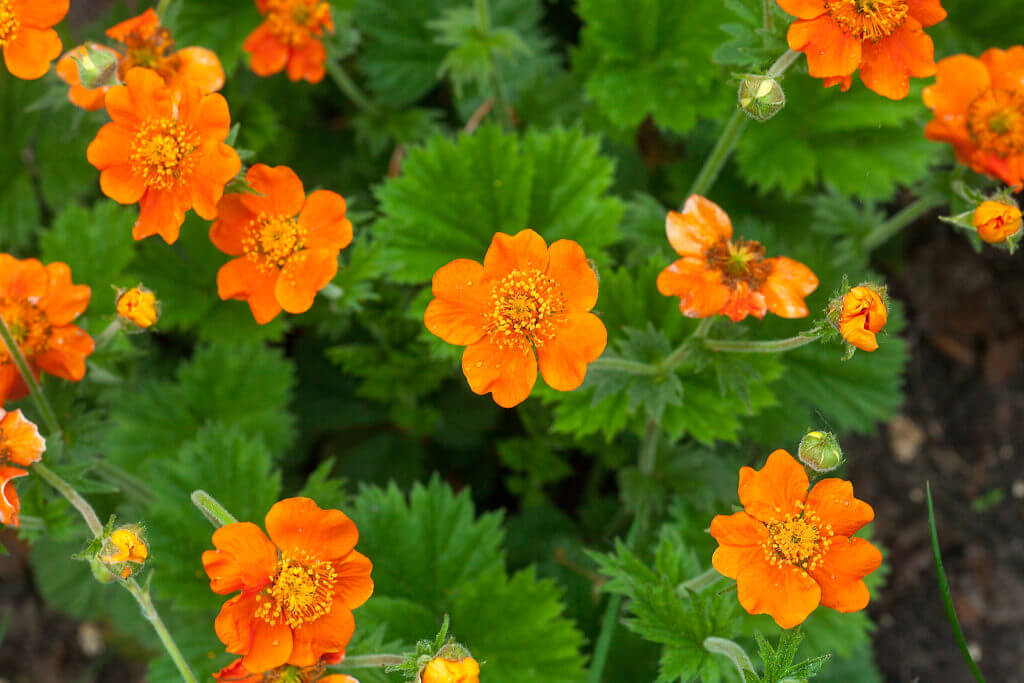
Geum rivale (Water Avens)
Geum rivale, commonly known as Water Avens, typically grows to a height of about 30 to 60 centimeters. This perennial plant is characterized by nodding, bell-shaped flowers in shades of pink, purple, or white. Its foliage is often fern-like, and it tends to thrive in moist habitats, including along stream banks and in wet meadows. The unique appearance of Geum rivale, along with its adaptability to damp environments, makes it a distinctive and attractive choice for gardens with appropriate growing conditions.
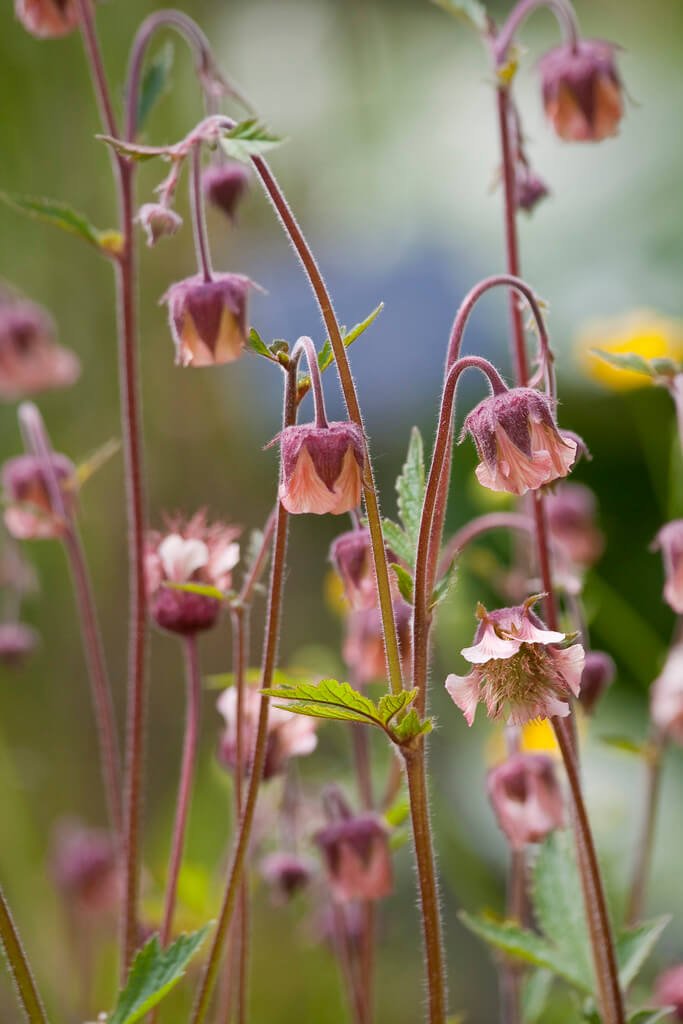
Geum triflorum (Prairie Smoke)
Geum triflorum, commonly known as Prairie Smoke, typically grows to a height of about 30 to 45 centimeters. This perennial plant is known for its unique and attractive feathery seed heads that resemble drifting smoke, adding visual interest to gardens. The delicate pink flowers appear in spring, making Geum triflorum a charming addition to prairie-style landscapes and rock gardens.

Geum ‘El Wano’
Thriving in both sunny and partially shaded environments, ‘El Wano’ produces abundant large, warm-apricot colored blooms on bronze stems. Over time, this cultivar forms a clump approximately 40cm wide and stands at about 50 centimeters tall during its flowering period.

Geum coccineum (Scarlet Avens)
Geum coccineum, commonly known as Scarlet Avens, typically grows to a height of about 30 to 45 centimeters. This perennial plant is characterized by its vibrant scarlet-red flowers, which add a burst of color to gardens and rockeries. It is a relatively compact and clump-forming species, making it suitable for various garden settings.

Geum ‘Mrs. Bradshaw’ (Double-flowered cultivar)
Geum ‘Mrs. Bradshaw,’ a classic double-flowered cultivar, typically grows to a height of about 45 to 60 centimeters. Known for its scarlet-red double or semi-double flowers, this cultivar is a garden favorite. ‘Mrs. Bradshaw’ is valued for its bold and vibrant presence in garden beds. If you’re drawn to scarlet-red blooms, the ‘Mrs. Bradshaw’ cultivar of Geum coccineum is sure to captivate with its stunning semi-double flowers that not only adorn the garden but also attract essential pollinators such as bees and butterflies.

Geum quellyon (Orange Avens)
Geum quellyon, commonly known as Orange Avens, typically grows to a height of about 45 to 60 centimeters. This perennial plant is known for its large, semi-double to double orange flowers, adding a vibrant and eye-catching element to gardens. It is a relatively robust cultivar, and its height can be influenced by factors such as soil conditions, sunlight, and overall growing conditions.

Geum ‘Totally Tangerine’ (Hybrid cultivar)
Geum ‘Totally Tangerine,’ a popular hybrid cultivar, typically grows to a height of about 60 to 90 centimeters. Known for its stunning tangerine-colored flowers, this cultivar adds a vibrant and captivating element to gardens.

Geum ‘Custard Tart’
It has charming rich-yellow blooms and vibrant green leaves. The robust ‘Custard Tart’ cultivar forms a compact clump, achieving a height of approximately 40 centimeters during its flowering stage.

Geum ‘Roger’s Rebellion’
Unveiled in 2014, ‘Roger’s Rebellion’ showcases a striking blend of cream and raspberry-hued blooms set against bronze stems. Reaching a height of approximately 50 centimeters, this cultivar thrives in both sunny and partially shaded environments.

Geum ‘Scarlet Tempest’
‘Scarlet Tempest’ flaunts fiery red-orange blooms that pop, especially when paired with purple and blue flowers. Happy in sun or partial shade, it grows to around 55 centimeters, making it a vibrant addition to your garden.

Geum ‘Poco’
A dependable selection, ‘Poco’ displays yellow flowers tinged with orange, borne on appealing purple stems, complemented by green foliage. Despite its robust nature, it maintains a moderate spread and remains compact, reaching a height of approximately 45 centimeters.

Geum ‘East of Eden’
Boasting beautiful cherry blossom-colored flowers, ‘East of Eden’ is a robust cultivar that reaches a height of approximately 50 centimeters, adding vibrancy to your garden landscape.

Geum ‘Turbango Twister’
Featuring large, open orange flowers on deep purple stems, ‘Turbango Twister’ thrives in both sun and partial shade. This cultivar reaches a height of 40 centimeters, creating a striking display in various garden settings.

Geum ‘Firefinch’
With stunning dusky orange blooms exhibiting almost feathery petals, ‘Firefinch’ is a cultivar that pairs beauty with fresh green foliage. Ideal for both sun and partial shade, it gracefully reaches a height of around 50cm, making it a captivating addition to any garden.

Factors to Consider When Selecting a Geum Variety
In selecting geum varieties for your garden, evaluate sunlight needs, ensuring compatibility with your garden’s conditions. Consider mature sizes to prevent overcrowding and ensure harmonious growth with other plants. Assess the bloom color and shape of various geum varieties to complement or contrast existing plants in your garden design. Crucially, research hardiness zone compatibility to ensure successful growth in your specific climate. To learn how to grow geums, consider providing well-draining soil, sufficient water, and practice regular deadheading. These considerations collectively contribute to a vibrant and thriving garden adorned with beautiful geum varieties.
Mastering Geums: Essential Tips for Growing these Beautiful Perennials
Whether you’re an experienced gardening enthusiast or a novice, we provide all the essential information to learn how to grow geums successfully.
Choosing the Right Location
When selecting a location for your geums, prioritize areas that receive a minimum of six hours of sunlight daily. Geums thrive in full sun or partial shade, so ample sunshine is essential for their growth. Additionally, it’s crucial to ensure that the chosen location has well-draining soil to prevent waterlogging, which can lead to root rot in geums. Furthermore, consider planting geums away from strong winds to protect their delicate flowers and maintain their aesthetic appeal. Lastly, avoid areas with competition from large trees or shrubs, as they may overshadow the geums and limit their access to sunlight, hindering their growth and development.
Assessing Sunlight Needs
To determine the ideal planting area for your geums, it’s essential to observe the sunlight exposure throughout the day. Take note of any structures or obstacles that may obstruct the sunlight and impact the chosen location. Utilizing a sun calculator app or device can help accurately measure and track sunlight levels in various parts of your garden, ensuring optimal placement for your geums. Additionally, seeking advice from local gardening experts or nurseries can provide specific insights into assessing sunlight needs based on your geographical region and climate, guiding you towards the perfect spot for your geums to flourish.
Checking Soil Drainage
When considering how to grow geums, start by assessing soil drainage through a simple percolation test. Dig a hole, fill it with water, and observe the drainage rate to determine if the soil is suitable for geums. Look for signs of standing water or puddles after rainfall, indicating poor drainage. Dealing with heavy clay soils? Incorporate organic matter like compost or peat moss to enhance drainage. Exercise caution in areas prone to water accumulation during heavy rains, avoiding these locations when planting your geums for optimal growing conditions.
Preparing the Soil
Before planting your geums, it’s crucial to prepare the soil adequately to create the perfect growing environment. Start by ensuring that the soil has efficient drainage to prevent waterlogging and potential root rot. Clearing the area of debris, weeds, and rocks will provide a clean space for your geum plants to thrive. It’s also beneficial to conduct a soil test to assess its pH levels and nutrient content, ensuring optimal growing conditions. Additionally, incorporating organic matter such as compost or well-rotted manure into the soil will enhance its structure and fertility, setting the stage for healthy and vibrant geum growth.
Amending Soil with Organic Matter
To enhance the soil’s quality and promote optimal growth conditions for your geum plants, consider mixing in organic materials like leaf mold, compost, or peat moss. These additions not only improve the soil’s ability to retain moisture and nutrients but also support beneficial microbial activity, ultimately bolstering the overall health of your plants. Thoroughly incorporating the organic matter into the soil’s top layer is crucial for promoting robust root development and facilitating efficient nutrient uptake by your geums. Furthermore, applying a layer of mulch after amending the soil serves to regulate its temperature and effectively reduce weed growth around your valuable geum plants, ensuring they have the best possible environment to thrive.
Adjusting pH Levels if Necessary
To create the ideal growing environment for geums, utilize pH testing kits to measure soil acidity or alkalinity. Aim for a slightly acidic pH between 6.0 to 6.5 for optimal geum growth. Adjust pH if needed by adding lime to raise acidity or elemental sulfur to lower alkalinity, following recommended rates. Regular monitoring and adjustment of pH levels are crucial for promoting vigorous blooms and healthy foliage in geums. This step in how to grow geums also aids in nutrient uptake by geum roots, ensuring they receive essential elements for robust growth.
Watering and Fertilizing Best Practices for Healthy Growth
Watering geums deeply but infrequently is essential to promote healthy root development and overall plant vigor. Especially during the hot summer months, it’s crucial to provide extra moisture to keep the soil consistently moist without allowing it to become waterlogged. Additionally, fertilizing geums with a balanced slow-release fertilizer in early spring will support steady growth and abundant flowering, ensuring robust and healthy plants. Considering top-dressing the soil around geum plants with compost each spring can naturally enrich the soil, providing essential nutrients for sustained plant health and vitality.
Planting Geums
When selecting a location for planting Geums, it’s crucial to opt for an area with well-draining soil and exposure to partial to full sun, ensuring optimal growing conditions. Prepare the planting holes by loosening the soil and incorporating nutrient-rich organic matter like compost, providing an ideal foundation for your Geum plants to flourish. After planting, remember to water the Geum plants thoroughly to aid in establishing their roots and promote healthy growth. Additionally, consider mulching around the plants to retain moisture and effectively suppress weed growth, creating a nurturing environment for your vibrant Geums to thrive.
Digging the Planting Holes
When planting your Geum, start by digging the planting holes twice as wide as the root ball to allow ample space for the roots to spread and establish. Ensure that the depth of the holes matches the height of the root ball for optimal planting. After placing the Geum in the hole, mix in some balanced fertilizer with the backfilled soil to supply essential nutrients for robust growth. Finally, gently firm the soil around the plant to eliminate air pockets and provide a stable foundation for your Geum to flourish.
Spacing and Planting Depth
It’s important to space Geum plants about 12-18 inches apart, providing adequate airflow and room for growth. When planting, ensure that they are placed at a depth equal to their original container or root ball depth, avoiding planting them too deeply, which can lead to crown rot. Additionally, gently and deeply water newly planted Geums to help them settle into their new environment, promoting healthy establishment and growth.
Proper Planting Techniques for Geums
Before planting geums, it’s crucial to prepare the soil by incorporating organic matter such as compost or peat moss to enrich its quality and fertility. When it comes to spacing, ensure that geum plants are placed approximately 12-18 inches apart to facilitate proper air circulation, allowing for unhindered growth without the risk of overcrowding. Prior to planting, gently loosening the roots will encourage outward growth and contribute to the development of a strong and expansive root system. Once the plants are in the ground, thorough watering is essential, and adjustments to the soil level may be needed to maintain the appropriate planting depth for optimal growth. These steps are vital in ensuring the successful establishment and development of healthy geum plants in your garden.
Essential Maintenance Tasks for Thriving Geums
Regularly deadheading spent flowers throughout the growing season is key to promoting continuous blooming and maintaining an attractive appearance in your geum plants. Additionally, dividing mature geum plants every 2-3 years in early spring or fall is crucial to rejuvenate them and prevent overcrowding, which may lead to decreased flowering. Fertilizing geums with a balanced, slow-release fertilizer in early spring as new growth begins, while following package instructions for proper application, is essential for their overall health and vitality. Moreover, it’s important to consistently monitor for pests and diseases, such as aphids or powdery mildew, and take appropriate measures if detected to safeguard the health of the plants, ensuring they thrive and flourish in your garden.
Fertilizing Geums
When it comes to fertilizing geums, it’s essential to use a balanced slow-release fertilizer to provide a gradual supply of essential nutrients at the base of the plants, supporting their long-term growth and development. However, it’s important to avoid over-fertilizing geums to prevent lush foliage at the expense of reduced flowering and overall plant health. Incorporating organic matter into the soil before planting geums can enhance nutrient availability, further promoting their vitality. Additionally, during the active growing season, consider utilizing a diluted liquid fertilizer to give your geums an extra nutrient boost without overwhelming the plants. This balanced approach to fertilization will ensure robust growth and prolific flowering in your geum plants.
Common Pests Affecting Geums and Prevention
When caring for your geums, it’s crucial to remain vigilant against aphids, which can be managed by gently spraying the plants with a forceful stream of water or using insecticidal soap. To prevent slug damage, consider employing barriers such as copper tape around your geum plants or utilizing organic slug repellents. Introducing beneficial insects like predatory nematodes can effectively control soil-dwelling pests that might threaten the well-being of your geums. Furthermore, maintaining good garden hygiene is essential – removing any debris or weeds near geum beds can help eliminate potential hiding spots for pests and diseases, promoting the overall health of your beautiful perennials.
Identifying and Treating Diseases
To ensure the optimal health and growth of your geums, understanding how to grow geums includes safeguarding them from common fungal and bacterial diseases. Vigilance is key, so be on the lookout for signs of infection. Early identification of fungal diseases like powdery mildew, recognized by white powdery patches on leaves, is crucial for timely intervention. If needed, apply fungicidal sprays to affected plants to limit the infection’s spread. To prevent bacterial infections, water your geums at the base to keep the foliage dry, reducing the risk of disease development. Watch for symptoms of crown rot, such as wilting or browning of the crown area, and take immediate action to prevent its spread. Minimize the risk of foliar diseases like rust by ensuring proper air circulation through regular thinning and pruning, promoting overall health and vitality.
Maintenance and Care
To maintain the optimal growth and health of your geum plants, it’s crucial to water them regularly, ensuring that the soil remains consistently moist without becoming waterlogged. Additionally, providing a balanced, all-purpose fertilizer to your geums in early spring will bolster robust flowering during the entire season. After the flowering period, be sure to prune your geum plants to remove spent blooms, encouraging a second flush of flowers later on. Furthermore, it’s essential to divide mature geum plants every 2-3 years to sustain their vigor and prevent overcrowding in your garden, allowing for continued healthy growth and stunning floral displays.
Mulching for Moisture Retention
To maintain the health and thriving state of geum plants, incorporating a layer of organic mulch is a vital step in understanding how to grow geums successfully. This practice not only aids in moisture retention and soil temperature regulation but also serves as a weed suppressant. Utilize materials like compost, shredded leaves, or straw to establish a protective barrier for the roots and enhance soil fertility. Ensure even distribution around the plant base, leaving a small gap between the stem and mulch to prevent rot and disease. As part of routine care, remember to refresh the mulch layer annually in early spring, preserving its effectiveness in moisture retention and plant protection.
Deadheading to Encourage Blooms
As part of understanding how to grow geums successfully, incorporate deadheading into your routine maintenance. This essential practice redirects energy from seed production to flower production, resulting in more abundant and vibrant blooms. Regularly remove faded or dead flowers, trimming back stalks just above a set of healthy leaves with clean pruning shears or scissors. By consistently applying this technique, you encourage continuous blooming, extending the overall flowering period of your geum plants. This not only enhances the visual appeal but ensures a prolonged and stunning display of colorful blooms throughout the growing season.
Conclusion
In conclusion, geums are a diverse and captivating addition to any garden, offering a plethora of colors and forms to suit various tastes. With the right knowledge on how to grow geums, both seasoned gardeners and beginners can cultivate these resilient plants successfully, enjoying their vibrant blooms throughout the seasons. Whether you opt for the fiery hues of ‘Scarlet Tempest’ or the delicate charm of Geum rivale, unlocking the secrets of how to grow geums ensures a flourishing and visually stunning garden landscape. Embrace the beauty of geums and discover the joy of nurturing these versatile perennials, enhancing your gardening experience with nature’s vibrant palette.
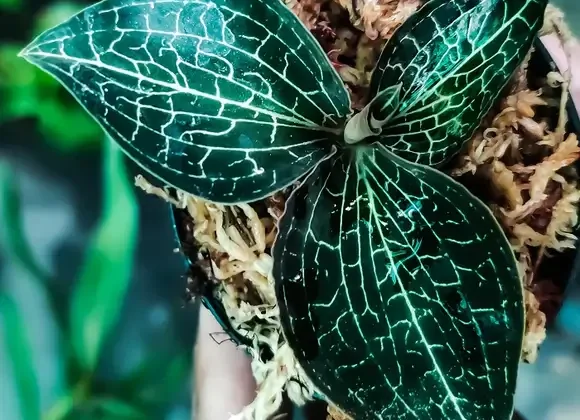
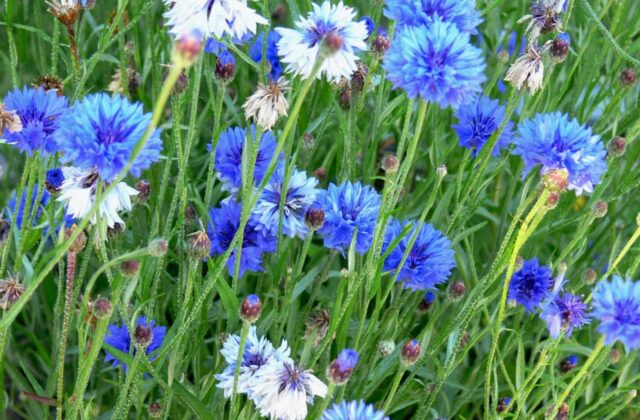
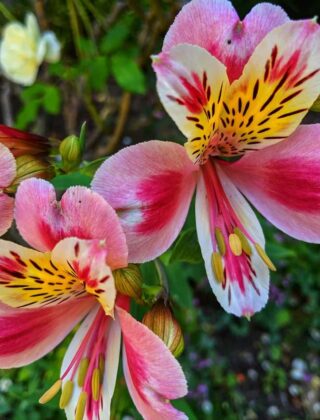
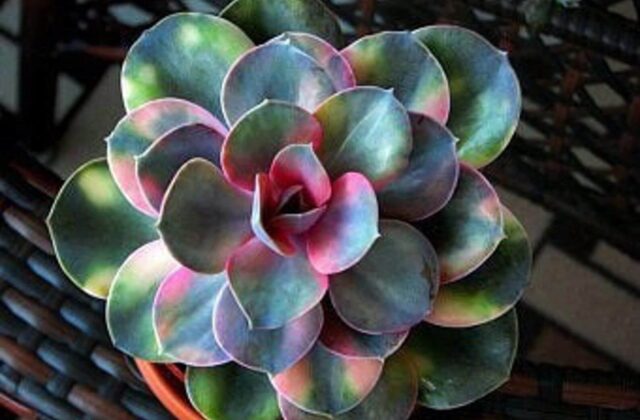
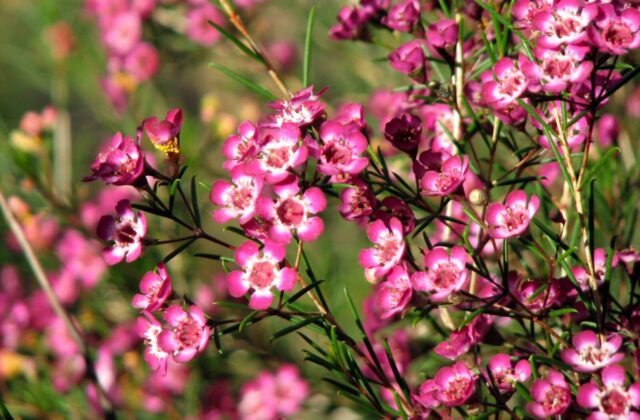
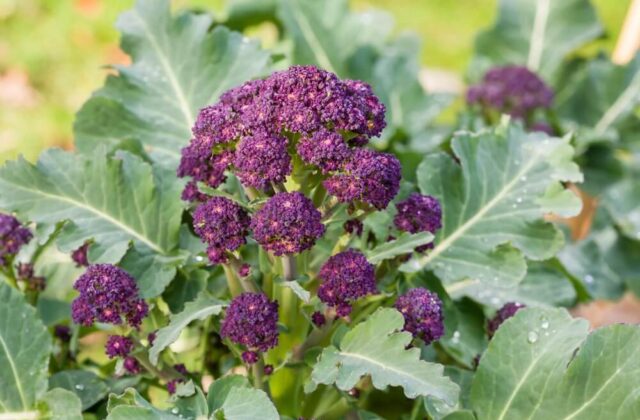
22 comments
hey there and thank you for your info – I’ve definitely picked up anything new from right here.
I did however expertise some technical points using this site, as I experienced to reload the web site many times previous to I could get it to load properly.
I had been wondering if your web host is OK?
Not that I am complaining, but sluggish loading instances times will sometimes affect your placement
in google and could damage your high-quality score if ads and
marketing with Adwords. Anyway I am adding this RSS to my e-mail and could look out for much more
of your respective exciting content. Make sure you update this
again soon.
My webpage: vpn special coupon
Wonderful blog! I found it while surfing around on Yahoo News.
Do you have any suggestions on how to get listed in Yahoo News?
I’ve been trying for a while but I never seem to get there!
Many thanks
Look into my web site :: vpn 2024
Very soon this web site will be famous amid all blog users, due to it’s pleasant articles
or reviews
Here is my homepage – vpn special coupon code 2024
Hi my friend! I wish to say that this article is
awesome, great written and include approximately all vital infos.
I’d like to peer extra posts like this .
my web site: vpn special coupon
I for all time emailed this blog post page to all my
friends, since if like to read it then my contacts will too.
my page: vpn special coupon
child teen
matadorbet porn
Good write-up, I am normal visitor of one¦s site, maintain up the excellent operate, and It is going to be a regular visitor for a long time.
tipobet porn
child porn
child porn
child porn
Can you be more specific about the content of your article? After reading it, I still have some doubts. Hope you can help me.
Can you be more specific about the content of your article? After reading it, I still have some doubts. Hope you can help me.
Can you be more specific about the content of your article? After reading it, I still have some doubts. Hope you can help me.
I know a lot of folks whom I think would really enjoy your content that covers in depth. I just hope you wouldn’t mind if I share your blog to our community. Thanks, and feel free to surf my website 94N for content about Cosmetic Treatment.
Your article helped me a lot, is there any more related content? Thanks!
Can you be more specific about the content of your article? After reading it, I still have some doubts. Hope you can help me. https://www.binance.com/pt-BR/join?ref=YY80CKRN
Your article helped me a lot, is there any more related content? Thanks!
I don’t think the title of your article matches the content lol. Just kidding, mainly because I had some doubts after reading the article.
Thanks for sharing. I read many of your blog posts, cool, your blog is very good.
Thanks for sharing. I read many of your blog posts, cool, your blog is very good.